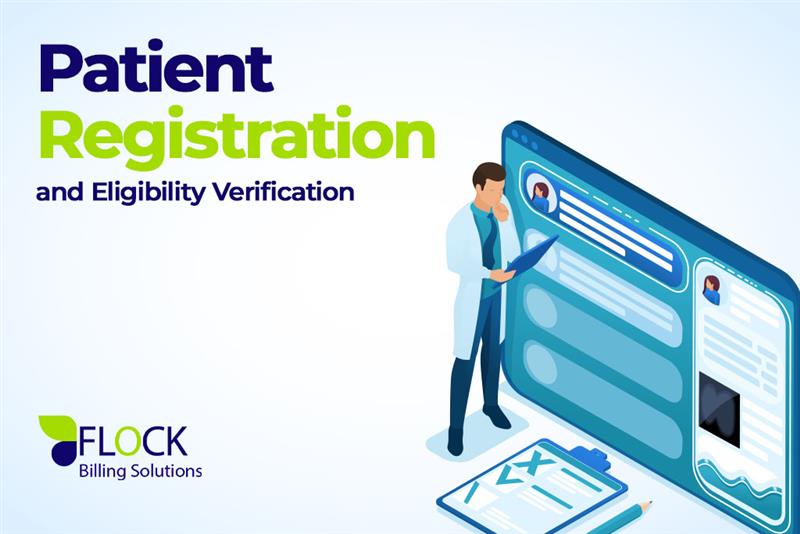Mastering Patient Registration & Insurance Verification for Fewer Claim Denials
The revenue cycle in healthcare starts the moment a patient books an appointment—not when a bill is sent.
Patient
Registration and Eligibility Verification: Building a Strong Revenue Cycle
Foundation
The revenue cycle in healthcare starts the moment a patient
books an appointment—not when a bill is sent. One of the most critical but
often overlooked components of a successful revenue cycle is accurate patient
registration and real-time insurance eligibility verification. Mistakes at this
front-end stage can result in billing delays, denied claims, and increased
administrative costs.
Effective registration and verification not only ensure
providers get paid faster but also significantly improve patient trust and
operational efficiency.
Why Accuracy at the Front Desk Drives Financial Performance
Patient registration involves collecting demographic and
insurance details, while eligibility verification checks if the patient’s
insurance covers the services they are about to receive. These tasks seem
simple but are frequently mishandled due to:
·
Incomplete or incorrect data entry
·
Lack of training
·
Outdated technology
·
Assumptions about coverage
Even one small error, like a misspelled name or wrong ID number, can lead to claim rejections or long appeals processes. By getting it right the first time, healthcare providers reduce unnecessary rework and protect their cash flow.
Patient Registration Best Practices
To optimize patient intake, clinics and billing departments
should follow a structured registration protocol:
Standardize
Forms and Processes
Use
consistent intake forms across departments and locations.
Ensure
fields for legal name, DOB, and contact details are required.
Double-Check
Insurance Cards
Photocopy
both sides of all insurance cards.
Confirm
group and policy numbers, payer ID, and effective dates.
Capture
Referral and Authorization Data
For
services that require prior authorization, verify it has been obtained.
Collect
referring physician details if needed.
Educate
Front Desk Staff
Offer
training sessions on payer-specific nuances.
Provide
checklists to ensure no detail is missed during intake.
Real-Time Insurance Eligibility Verification Tools
Technology has transformed eligibility verification from a
manual task to a near-instant process:
Clearinghouses: These act as intermediaries between
providers and multiple payers, enabling bulk and real-time eligibility checks.
EMR/EHR Integration: Modern practice management
systems can auto-verify insurance when appointments are scheduled.
Portal Access: Most major payers now offer online
portals where front-desk staff can verify benefits and limitations instantly.
These tools not only reduce the burden on your team but also
provide a digital audit trail that proves you verified coverage before
delivering services.
Hidden Pitfalls to Watch Out For
Even with systems in place, errors still happen. Some of the
most common pitfalls include:
Failing to Update Returning Patient Information:
Insurance plans can change annually, so assuming past data is still valid is
risky.
Ignoring Secondary Insurance: Missing out on
secondary coverage often leads to unpaid balances.
Relying on Assumptions: Always verify—even if the
patient insists nothing has changed.
Not Recording Copays and Deductibles: Failing to
inform patients of their out-of-pocket costs can lead to collection issues.
Compliance and Patient Privacy Considerations
Handling patient and insurance data involves legal
responsibilities under HIPAA and other privacy laws. Your registration process
must ensure that:
All forms are securely stored (physically or digitally)
Communication of insurance details follows encryption
standards
Access is restricted to authorized personnel only
Invest in HIPAA-compliant tools and ensure your staff
undergoes periodic training on data protection.
Benefits of Getting It Right
Implementing strong front-end processes creates a ripple
effect throughout your revenue cycle:
Faster Payments: Clean claims get reimbursed quicker.
Fewer Denials: Accurate data eliminates rejections
due to eligibility issues.
Improved Patient Experience: Patients appreciate
transparency and quick service.
Stronger Compliance: Reduced legal risk and better
audit readiness.
Conclusion
Patient registration and eligibility verification may seem administrative,
but their impact is foundational. By investing in the right people, technology,
and protocols, healthcare providers can reduce claim denials, improve cash
flow, and foster a more efficient practice. A streamlined front-end is not just
operationally smart—it’s financially essential.
How Flock Consistently Achieves Revenue Growth for Clients
- 1 Fast Filing
- 2. Clean Claims
- 3. Tracking System
- 4. Rigorous Follow-up
- 5. A/R Management





